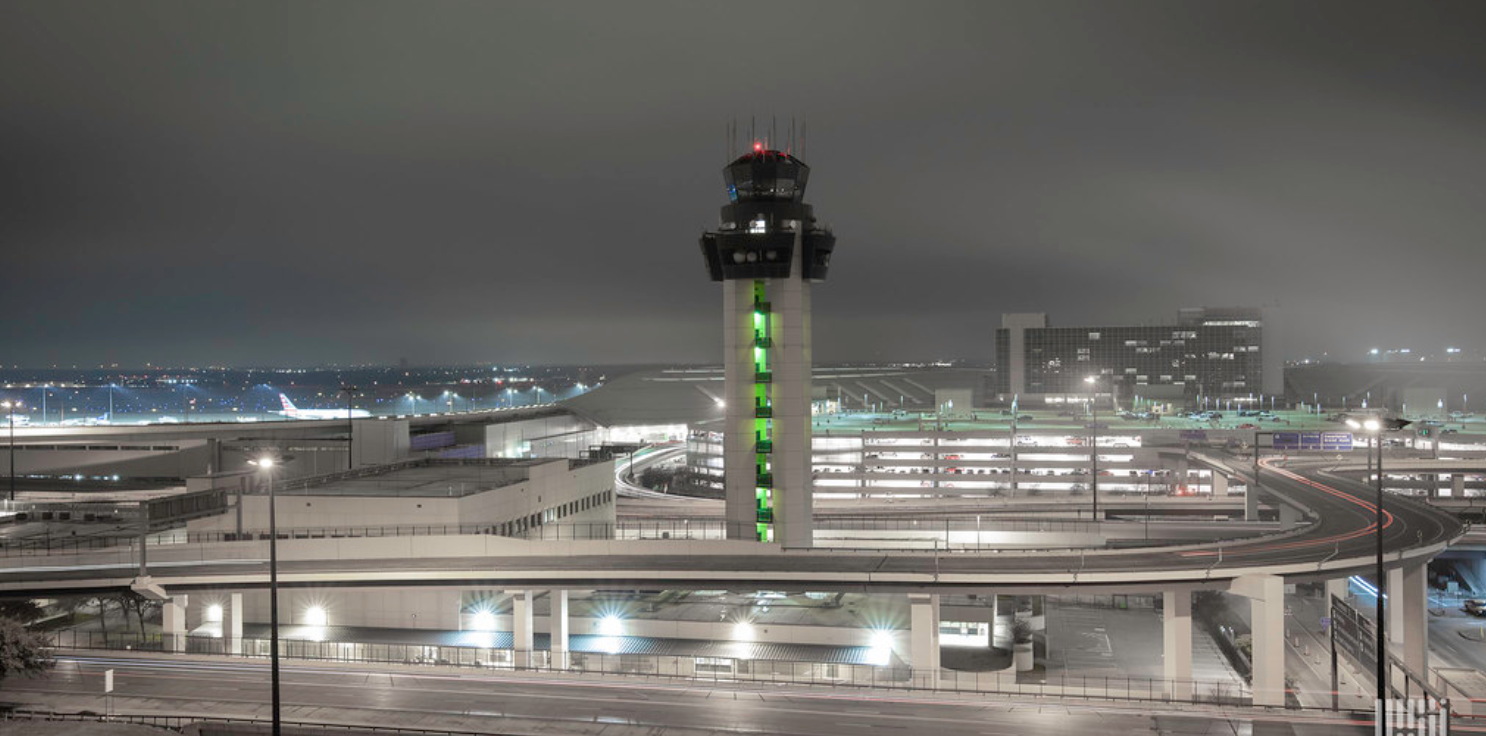

In an email interview with Payload Asia, Milton De La Paz, vice president for airline relations and cargo business development at Dallas Fort Worth International Airport, gives us a rundown of the airport community at DFW, the heightened focus on pharma and perishables as well as the air hub’s future prospects to grow the cargo business.
Can you tell us more about DFW? Who are the main airlines, cargo handlers and forwarders that make up the cargo community at the airport?
We currently have 21 passenger carriers and effective September 24 I’m delighted to say we’ll be adding one more, new carrier to DFW with the new service from Turkish Airlines to IST; We also have 11 scheduled freighter operators, which include eight cargo airlines from Asia reflecting our air cargo network strength to the Asia Pacific region.
The big 3 integrators also have operations here at DFW. UPS operates a sizable and growing regional hub, and we also have operations from FedEx and DHL. We have five cargo handlers offering service. Worldwide Flight Services is our largest service provider, we also have Menzies, dnata USA, Pinnacle and Air General. Across the cargo community we have seen significant growth recently, there are more than 150 forwarders operating in the DFW area with the largest global companies represented.
DFW has been investing in its cold chain capabilities as of late. What makes the airport an ideal hub for the transport of pharma and perishables? Which main trade routes does the airport serve?
We feel that DFW has several logistics advantages when it comes to the transportation of pharma and perishable goods, which is why we invested in cold chain facilities and collaborated closely with strategic partners to establish an IATA CEIV Pharma community. Chief among them is our unique geographical location which makes DFW an ideal hub to connect Asia and Latin America, which is a big part of our overarching strategy, and our central US location also enables efficient feed into ground distribution networks serving the U.S. and Mexico. Our freighter and passenger services operating northbound from Buenos Aires, Santiago, Viracopos, Lima, and Bogota can make connections to key Asian perishable markets such as Taipei, Tokyo, Seoul, Hong Kong, Shanghai and Singapore
Similarly, pharma products inbound from key markets in Europe and India can access ground distribution that offers access to a population of 27 million people within a 4 hour drive, and all of the 48 contiguous states, as well as northern Mexico can be reached within 2-day trucking limits. Life sciences are a growth industry in our region, and all 48 states can be reached within a 4-hour flight on our passenger carriers or integrators, making DFW an ideal location for pharma distribution. We have over 37,000 square feet of refrigeration with multiple chambers capable of three temperature zones, along with a growing community of IATA CEIV certified forwarders, truckers, and airlines.
Has there been more unscheduled charters and cargo-only pax flights landing and departing at DFW given the lack of capacity over the past year? How have ground operations changed as a result?
We have definitely seen an increase in charter activity. We were aware of the critical need and understood the essential nature and contribution of air cargo during the pandemic and DFW welcomed those unscheduled charters. Several carriers operated a regular schedule of cargo-only pax flights. As the home-based hub carrier, American Airlines obviously operated the most cargo-only pax flights and with their footprint on the airport, and they have been able to schedule those departures without much disruption. With other foreign flag carriers our airfield operations colleagues did a great job in accommodating those extra services between our cargo area on the west side of the airport and our hardstands positions at the passenger terminal. So far, it’s worked out well and we have been able to accommodate everybody, but certain times of the day on certain days of week we approached being maxed out on parking positions.
What would be the airport’s remaining plans for this year and next year, and what would be a key indicator of a recovery from this still ongoing crisis?
We’re encouraged that demand for cargo at DFW continues to grow, as stakeholders across the supply chain are seeing the value of our geographic location and logistics advantages as well as a cost-efficient solution to congested traditional ports of entry. We were growing pre-pandemic and we are on track to have our best year ever this year during the pandemic. We recently concluded a Cargo Master Plan to efficiently manage and accommodate growth over the next 20-30 years which calls for new development of infrastructure and facilities.
The first phase of the plan actually begins this week with the demolition of five obsolete cargo buildings to make way for new state-of-the-art cargo facilities with airside access. The new cargo development project will ultimately culminate in around 350,000 square feet of new cargo warehouse space and an additional 9 parking positions for group 6 aircraft all with nose-load capabilities.
We have been working closer than ever before with our U.S. CBP Officers responsible for cargo at DFW. Recently, CBP awarded an airside Central Examination Station (CES) to dnata USA, who also operates our cold-chain facility. The focus of this CES will be to facilitate the quick examination and clearance of international e-commerce and the facility will be manned by CBP officers to perform physical examinations for items targeted for inspection as required.
Today, 97% of all cross-border e-commerce shipped by air, enters and clears at just three U.S. airports, while DFW receives less than 1% of all international e-commerce and clears at DFW and the 3 traditional ports of entry are reportedly extremely congested which has been exacerbated by explosion of e-commerce during the pandemic.
Industry experts have projected that over the last year the pandemic has accelerated e-commerce growth by at least 5 years. Attracting that e-commerce business to DFW is a key priority, which will enable us to continue or even exceed our current growth trend for the next 5-10 years and beyond.
We are already seeing new e-commerce infrastructure with final-mile carriers, e-commerce companies, and customs brokers opening DFW locations where they had none before. We continue to focus on developing our pharma business, as well as our goal of being the logical connection between Asia and Latin America.
For us, we think a key indicator of the recovery will be the return of international business travel demand, which will bring with it the return of long-haul international passenger widebodies. Long-haul passenger widebodies accounted for 27-30% of DFW’s cargo capacity pre-pandemic. Having that lift back and more international passengers in our terminals will be our best sign of recovery.









